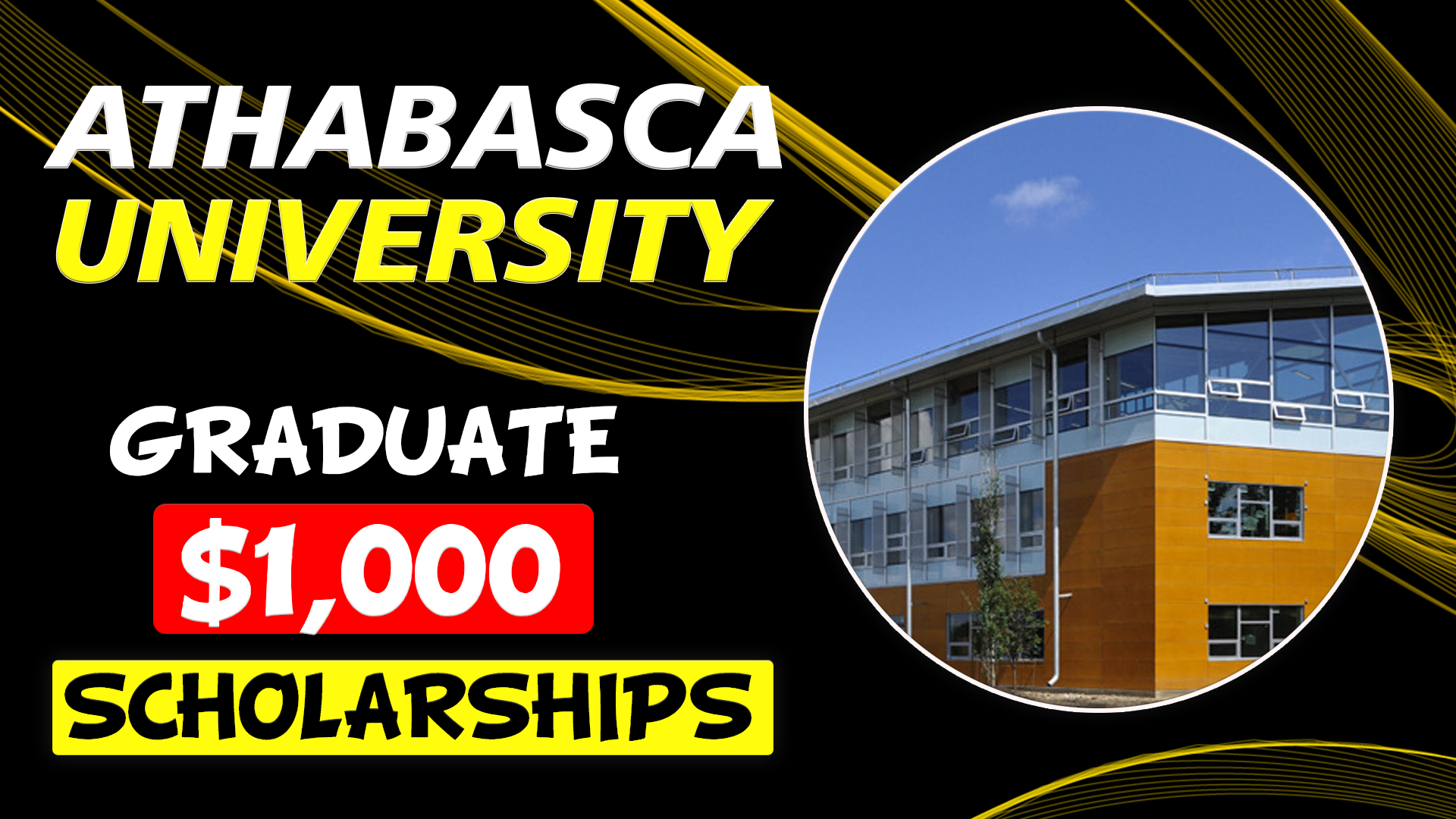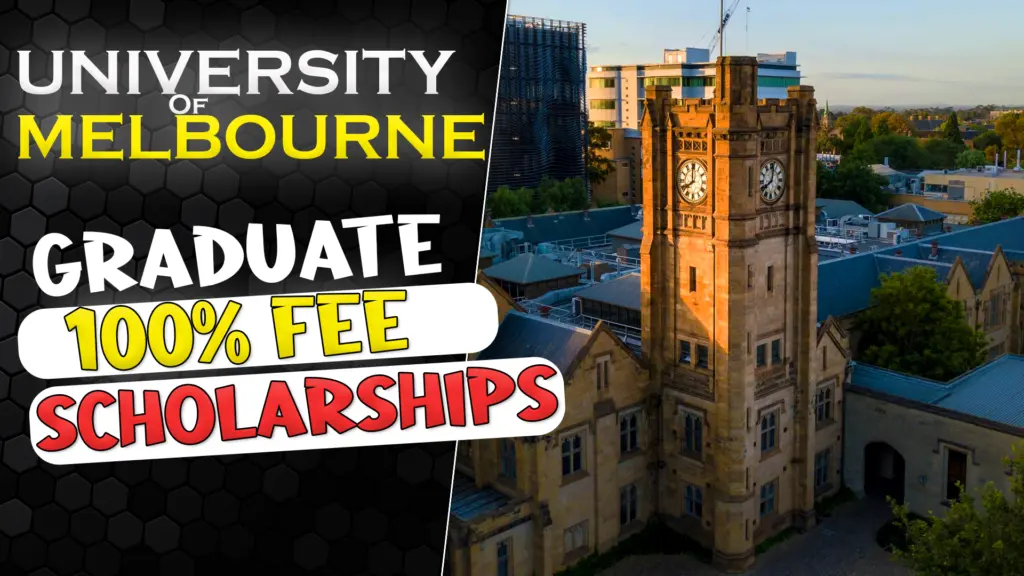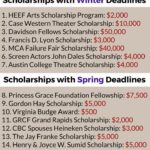I remember looking out my window, the same old view, day in and day out, and a feeling stirring deep inside me. It wasn’t dissatisfaction, not exactly, but a profound yearning for something more, something bigger than the familiar horizons I knew. That "something more" quickly crystallized into a dream: pursuing graduate studies, not just anywhere, but abroad. The thought was exhilarating, a wild whisper of possibility. Then, almost immediately, the practical voice of reality kicked in, loud and clear: "How? How could I possibly afford it?" Tuition fees, living expenses, flights – it all painted a picture of an insurmountable financial mountain. For a long time, that mountain felt like a wall, blocking my path before I even took the first step.
But then, a casual conversation with a friend, a simple phrase, changed everything. "Have you looked into scholarships?" she asked. It was like a tiny crack appearing in that imposing wall, letting in a sliver of light. Scholarships. Of course! I’d heard of them for undergraduate studies, but somehow, the idea of graduate scholarships abroad felt like a secret club I wasn’t privy to. It turns out, it wasn’t a secret at all, just a path less trodden by many in my immediate circle. And so began my adventure, a journey that taught me more about perseverance, meticulous planning, and the sheer generosity of institutions worldwide than I ever thought possible.
My first dive into the world of international scholarships was like falling into a vast ocean without a map. There were so many options, so many universities, so many countries, each with its own set of rules and deadlines. It was overwhelming. I remember sitting at my desk, surrounded by open browser tabs, feeling a mix of excitement and utter confusion. "Where do I even begin?" I muttered to myself. This is where I learned my first crucial lesson: Start with clarity. Before you even think about applications, you need to know what you’re looking for.
What subject truly ignites your passion? What kind of program structure appeals to you? Do you envision yourself in a bustling city or a quiet campus town? What countries are you open to exploring? For me, narrowing down my field of study and a few preferred regions helped immensely. Once I had a clearer picture of my academic interests and geographic preferences, the overwhelming ocean began to look more like a navigable sea with distinct currents.
Next came the actual hunt for scholarships. This wasn’t a quick sprint; it was a marathon of consistent effort. I discovered that scholarships come in many shapes and sizes, and knowing where to look is half the battle. Here’s a rundown of the treasure maps I used:
- University Websites: This was my primary go-to. Most universities that welcome international graduate students also offer their own scholarships, sometimes specific to a department or program. These are often merit-based or need-based. You usually find this information under "Admissions" or "Financial Aid" sections. Don’t just look for a general scholarship page; dig into your specific program’s requirements.
- Government-Funded Scholarships: These are often fully-funded and prestigious. Think Fulbright (USA), Chevening (UK), DAAD (Germany), Endeavour (Australia, though currently paused in its traditional form), and numerous others from countries like Japan (MEXT), Canada, and more. These typically have strict eligibility criteria and very competitive application processes, but they are absolutely worth the effort.
- External Organizations and Foundations: Many non-profit organizations, charitable trusts, and private foundations offer scholarships based on specific criteria – sometimes related to your field of study, your country of origin, or even your personal background. These require a bit more digging, often found through general scholarship search engines or professional associations.
- Scholarship Search Engines: Websites like ScholarshipPortal, Fastweb, Studyportals, and even LinkedIn can be good starting points to cast a wide net. Just remember to filter carefully to avoid irrelevant results.
As I compiled a list of potential scholarships, I noticed a pattern: they all demanded a significant investment of time and thought. This wasn’t about quick fixes; it was about presenting the best version of myself, my academic aspirations, and my potential impact. The application itself became a project, a journey within a journey.
The first step in any application was always about understanding the eligibility criteria. This is non-negotiable. Don’t waste your time applying for something you’re not qualified for. Age limits, GPA requirements, specific language proficiency scores (TOEFL or IELTS were my constant companions), prior work experience – these were all hurdles I had to check off. If you don’t meet them, move on. If you do, then congratulations, you’ve made it to the next stage!
Then came the gathering of documents. Oh, the documents! Transcripts from all previous academic institutions, copies of my diploma, an updated CV or resume, letters of recommendation (LORs), and the infamous Statement of Purpose (SOP) or Personal Statement. Each document had its own story and its own challenges.
Transcripts and Diplomas: Get these officially translated and certified if your home country’s language isn’t English. Start this process early, as it can take time.
CV/Resume: Tailor this for each application. Highlight experiences, skills, and achievements that are relevant to the specific graduate program and scholarship. Quantify your accomplishments whenever possible. Instead of "managed projects," say "managed 5 projects, resulting in a 15% increase in efficiency."
Letters of Recommendation (LORs): This was a delicate dance. I chose professors and supervisors who knew me well and could speak genuinely about my academic abilities, work ethic, and character. I approached them respectfully, well in advance of the deadline, providing them with all the necessary information: my CV, the program I was applying to, the scholarship details, and a clear explanation of why I believed I was a good fit. I also provided them with specific examples of my work or contributions to jog their memory. A gentle reminder email a week before the deadline was always a good idea.
The Statement of Purpose (SOP) / Personal Statement: This, for me, was the soul of the application. It’s where your unique voice shines through. This isn’t just a recount of your academic history; it’s a narrative that connects your past experiences, your present aspirations, and your future goals. I spent weeks, sometimes months, crafting and refining my SOPs. I learned that a good SOP answers several key questions:
- What drives your interest in this specific field? (Tell a story, make it personal)
- Why this particular graduate program? (Show you’ve done your research, mention specific courses, faculty, or research opportunities)
- Why this university? (What makes it stand out for you?)
- Why this country? (Show cultural awareness and adaptability)
- What relevant experiences (academic, professional, personal) have prepared you for this? (Connect the dots)
- What are your short-term and long-term career goals, and how will this degree help you achieve them? (Be ambitious but realistic)
- Why are you the ideal candidate for this scholarship and program? (Highlight your unique strengths)
I wrote countless drafts, let them sit for a few days, and then reread them with fresh eyes. I asked trusted friends and mentors to review them, not just for grammar, but for clarity, coherence, and impact. The goal was to tell a compelling story that conveyed my passion, intellectual curiosity, and readiness for graduate-level work.
After meticulously gathering and perfecting every document, the act of hitting "submit" was always a mix of relief and anxiety. The waiting game that followed was perhaps the hardest part. Days turned into weeks, weeks into months. Every email notification felt like a jolt. I learned to practice patience, to distract myself with other pursuits, and to remind myself that I had done everything I could.
For some scholarships and programs, an interview was part of the process. This was a chance to put a face to the application, to demonstrate my communication skills, and to reiterate my enthusiasm. I prepared by researching common interview questions (e.g., "Why this program?", "What are your strengths/weaknesses?", "Where do you see yourself in five years?"), practicing my answers aloud, and even doing mock interviews with friends. I also made sure to have a few thoughtful questions prepared for the interviewers, demonstrating my engagement and interest.
Then came the day. The email. The subject line that made my heart pound. "Congratulations!" it read. I remember staring at the screen, tears welling up in my eyes. All those late nights, all the research, all the self-doubt – it all melted away in that moment of pure elation. I had been awarded a fully-funded graduate scholarship to study abroad. The mountain I once saw as insurmountable was now a vibrant landscape I was about to explore.
Receiving the scholarship was, of course, a huge milestone, but it wasn’t the end of the journey. It was the beginning of a new phase: pre-departure preparations. This involved securing my visa, arranging accommodation, understanding the local healthcare system, and figuring out the logistics of moving my life to a new country. Even with a full scholarship, there were always initial costs – visa fees, flight tickets (sometimes reimbursed, sometimes not), initial settling-in money for things like bedding or kitchen supplies. It was crucial to budget for these.
Arriving in a new country, navigating a new culture, and starting an intense graduate program was an experience unlike any other. There were moments of sheer wonder, like discovering a hidden cafe or mastering a new phrase in the local language. And there were moments of challenge – feeling homesick, struggling with academic expectations, or misunderstanding cultural nuances. But every single one of those experiences, good or tough, contributed to my growth. I learned to be more resilient, more adaptable, and more open-minded. I met incredible people from all corners of the globe, each with their own unique stories and perspectives, enriching my understanding of the world far beyond the classroom walls.
Looking back, the journey to securing graduate scholarships abroad wasn’t just about getting financial aid; it was about believing in myself, pushing past my comfort zone, and meticulously building a case for my dreams. It was about turning a seemingly impossible aspiration into a tangible reality.
If you’re reading this, staring at your own window, dreaming of those distant horizons, please know this: it is absolutely possible. That financial mountain you see? It often has well-worn paths to the top, paved by scholarships. It takes dedication, meticulous planning, and a willingness to put yourself out there. It won’t be easy, and there will be moments of doubt, but the rewards—the academic growth, the personal transformation, the global network you build—are immeasurable.
So, take that first step. Start your research. Craft your story. And prepare to unlock a world of opportunities that are waiting just for you. Your journey might just be the most fulfilling adventure you ever embark on.



